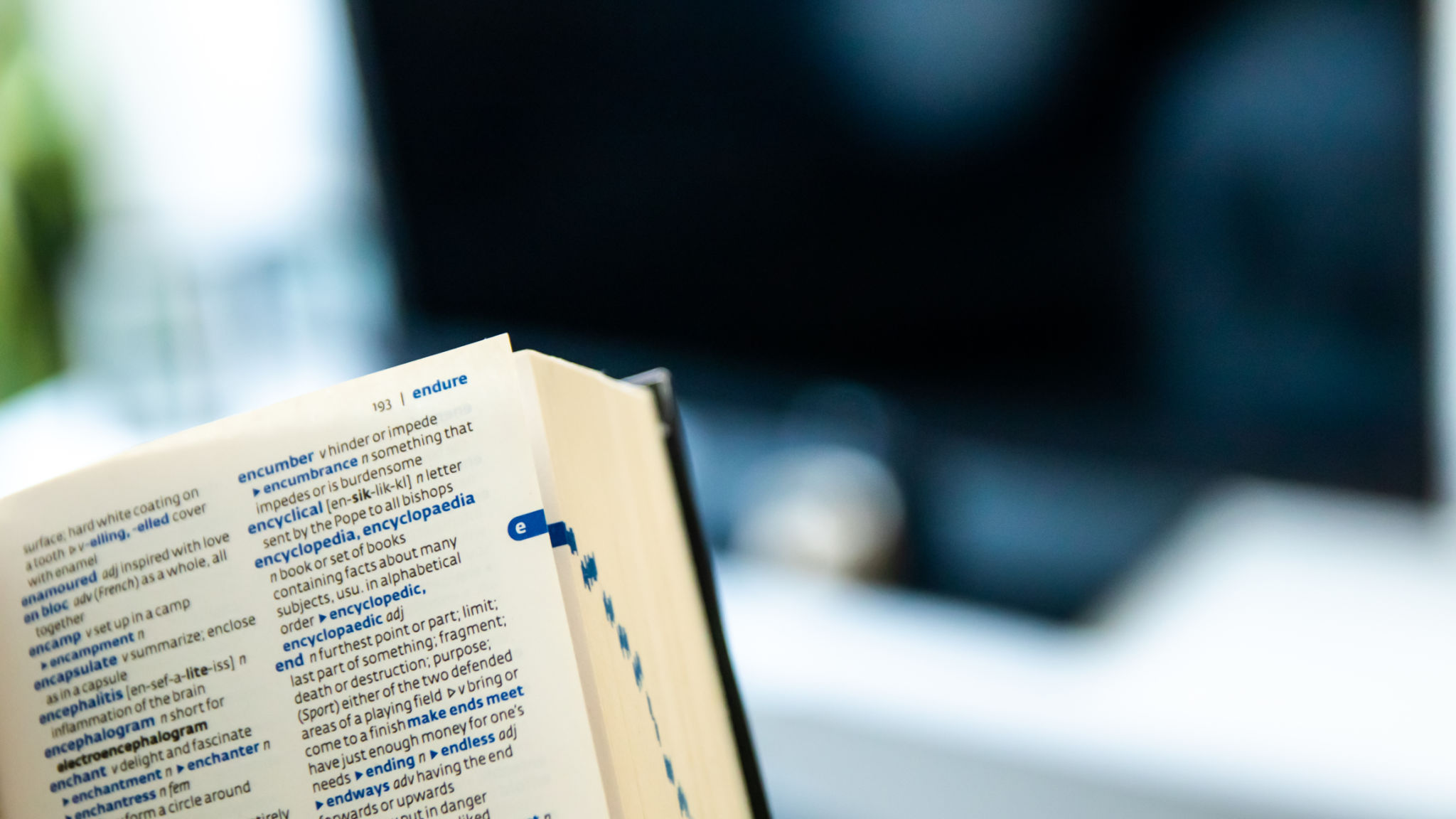A Guide to Preparing Documents for a Preveduvac Germanski
Understanding the Role of a Preveduvac Germanski
Before diving into the specifics of document preparation, it's essential to understand what a Preveduvac Germanski does. Essentially, this role involves translating documents from one language to German. This requires a keen understanding of both the source and target languages, as well as a grasp of cultural nuances that can affect translation accuracy.
Whether you are preparing documents for a business partnership, academic purpose, or legal matter, ensuring your documents are ready for translation is crucial. This guide will walk you through the steps to make this process as smooth as possible.

Gathering Necessary Information
The first step in preparing your documents is gathering all the necessary information. Start by identifying the specific documents you need to be translated. This might include contracts, reports, presentations, or any other relevant materials. It's crucial to ensure that all documents are complete and contain no missing pages or sections.
Additionally, make sure you have any supplemental information that might aid in the translation process. This could include glossaries, previous translations, or any specific terminology that is frequently used in your documents.
Organizing and Formatting Documents
Once you have gathered all necessary materials, the next step is organizing and formatting them for ease of translation. Create a clear and consistent structure across all documents. This includes using uniform headers, footers, and page numbers to make navigation easier for the translator.
Furthermore, ensure that the text is legible and free from any formatting errors. Use a standard font style and size throughout the documents to maintain consistency. If your documents contain tables, charts, or graphics, ensure these elements are clearly labeled and easy to interpret.

Ensuring Quality and Accuracy
Quality assurance is an integral part of preparing documents for a Preveduvac Germanski. Before sending your documents to be translated, conduct a thorough review to check for any errors or inconsistencies. This includes spelling mistakes, grammatical errors, and factual inaccuracies.
Consider having someone else review your documents as well, as a fresh set of eyes can often catch mistakes that you might have missed. The goal is to provide the translator with clean and precise content that minimizes the chance of errors during translation.
Communicating with Your Translator
Effective communication with your translator can significantly impact the quality of the final translation. Before beginning the project, discuss any specific requirements or preferences you have regarding terminology or style.
Provide context for your documents where necessary. This could include explanations of industry-specific terms or cultural references that might not be immediately apparent. A well-informed translator is in a better position to deliver an accurate and high-quality translation.

Final Checks and Submission
Before submitting your documents to the Preveduvac Germanski, conduct a final check to ensure everything is in order. Confirm that all required documents are included and that they are organized correctly.
Once you are satisfied with the preparation of your documents, submit them to your translator with any additional instructions they might need. Clear communication and thorough preparation will help ensure a smooth translation process and a successful outcome.